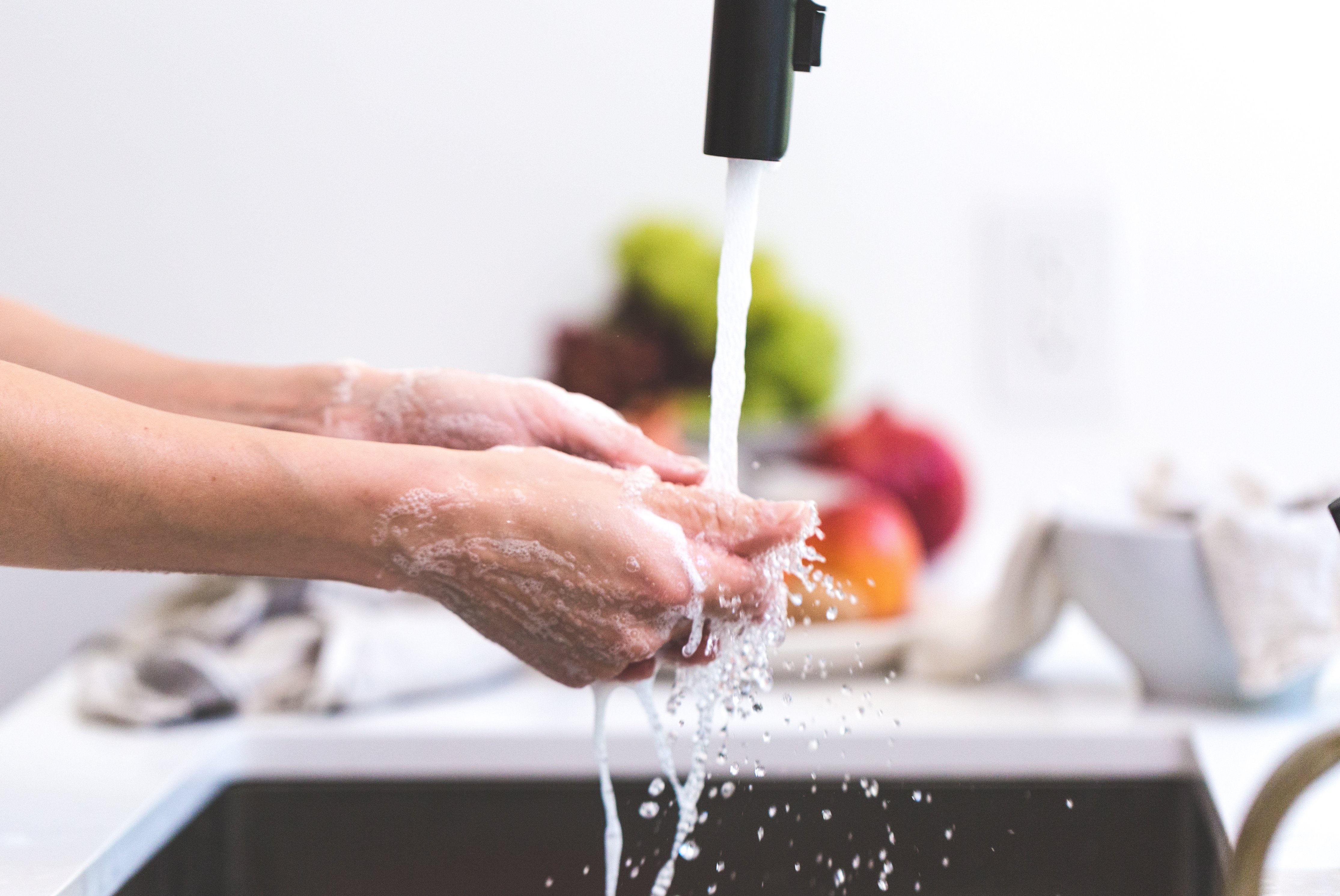Frequent hand-washing is one of the best ways to avoid getting sick and spreading illness. Find out when and how to wash your hands properly.
When to wash your hands
As you touch people, surfaces and objects throughout the day, you accumulate germs on your hands. You can infect yourself with these germs by touching your eyes, nose or mouth, or spread them to others. Although it’s impossible to keep your hands germ-free, washing your hands frequently can help limit the transfer of bacteria, viruses and other microbes.
Always wash your hands before:
- Preparing food or eating
- Treating wounds or caring for a sick person
- Inserting or removing contact lenses
Always wash your hands after:
- Preparing food
- Using the toilet or changing a diaper
- Touching an animal, animal feed or waste
- Blowing your nose, coughing or sneezing
- Treating wounds or caring for a sick person
- Handling garbage
Also, wash your hands when they are visibly dirty.
Skip the antibacterial soap
Antibacterial soaps, such as those containing triclosan, are no more effective at killing germs than is regular soap. Using antibacterial soap might even lead to the development of bacteria that are resistant to the product’s antimicrobial agents — making it harder to kill these germs in the future.
In 2016 the Food and Drug Administration issued a rule under which over-the-counter consumer antiseptic wash products containing the majority of the antibacterial active ingredients — including triclosan and triclocarban — can no longer be marketed to consumers. These products include liquid, foam and gel hand soaps, bar soaps, and body washes.
How to wash your hands
It’s generally best to wash your hands with soap and water. Follow these steps:
- Wet your hands with running water — either warm or cold.
- Apply liquid, bar or powder soap to a cupped hand.
- Lather well.
- Rub your hands, palm to palm, vigorously for at least 20 seconds. Remember to scrub all surfaces, including the backs of your hands, wrists, between your fingers and under your fingernails.
- Rinse well.
- Dry your hands with a clean towel.
- Use the towel to turn off the fauct.
How to use an alcohol-based hand sanitizer
Alcohol-based hand sanitizers, which don’t require water, are an acceptable alternative when soap and water aren’t available. If you use a hand sanitizer, make sure the product contains at least 60 percent alcohol. Follow these steps:
- Apply enough of the product to the palm of your hand to wet your hands completely.
- Rub your hands together, covering all surfaces, until your hands are dry.
Kids need clean hands, too
Help children stay healthy by encouraging them to wash their hands frequently. Wash your hands with your child to show him or her how it’s done. To prevent rushing, suggest washing hands for as long as it takes to sing the “Happy Birthday” song twice. If your child can’t reach the sink on his or her own, keep a step stool handy.
Alcohol-based hand sanitizers are OK for children and adolescents, especially when soap and water aren’t available. However, be sure to supervise young children using alcohol-based hand sanitizers. Swallowing alcohol-based sanitizers can cause alcohol poisoning. Store the container safely away after use.
A simple way to stay healthy
Hand-washing offers great rewards in terms of preventing illness. Adopting this habit can play a major role in protecting your health.
Article Source: Mayo Clinic

